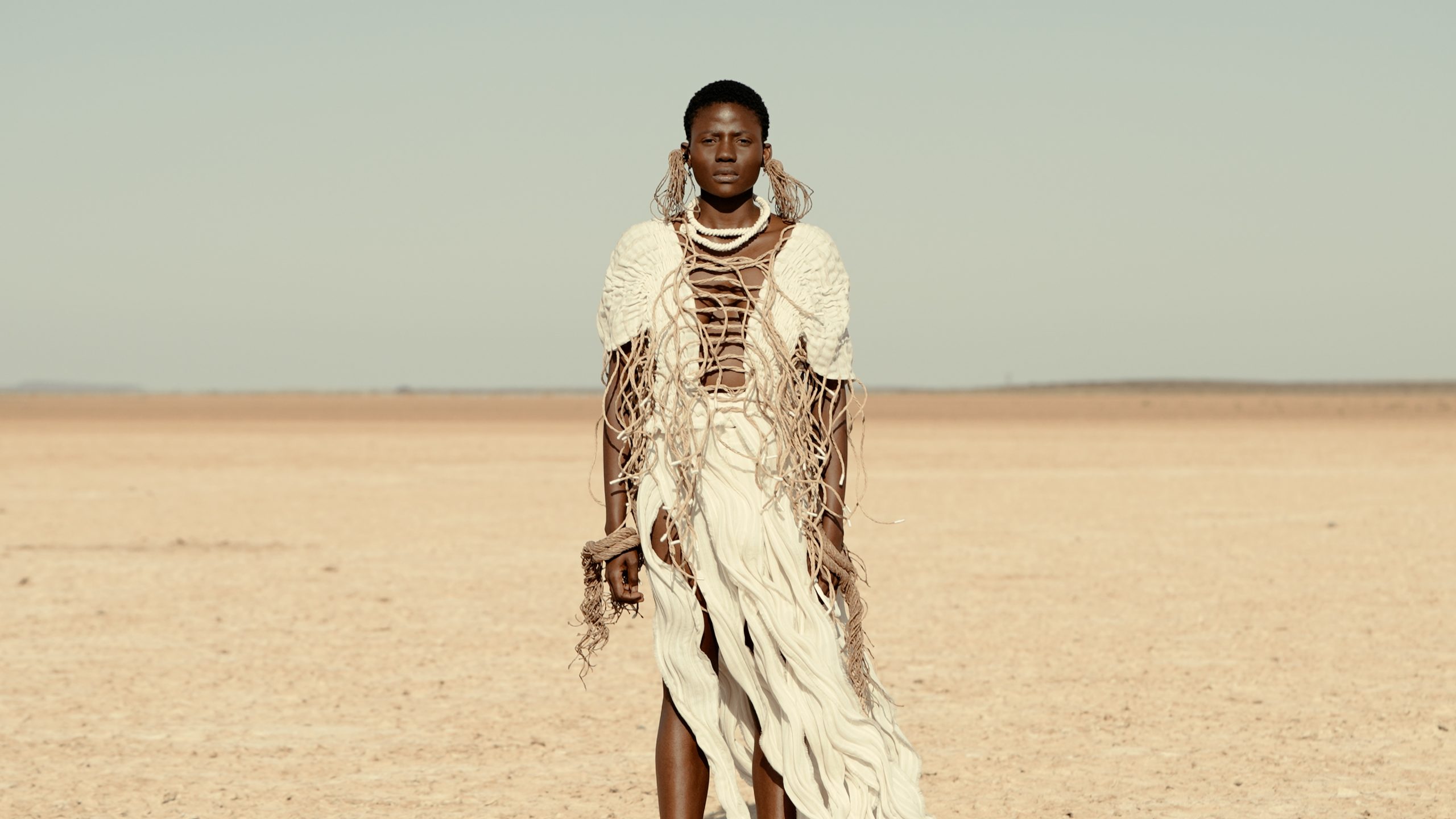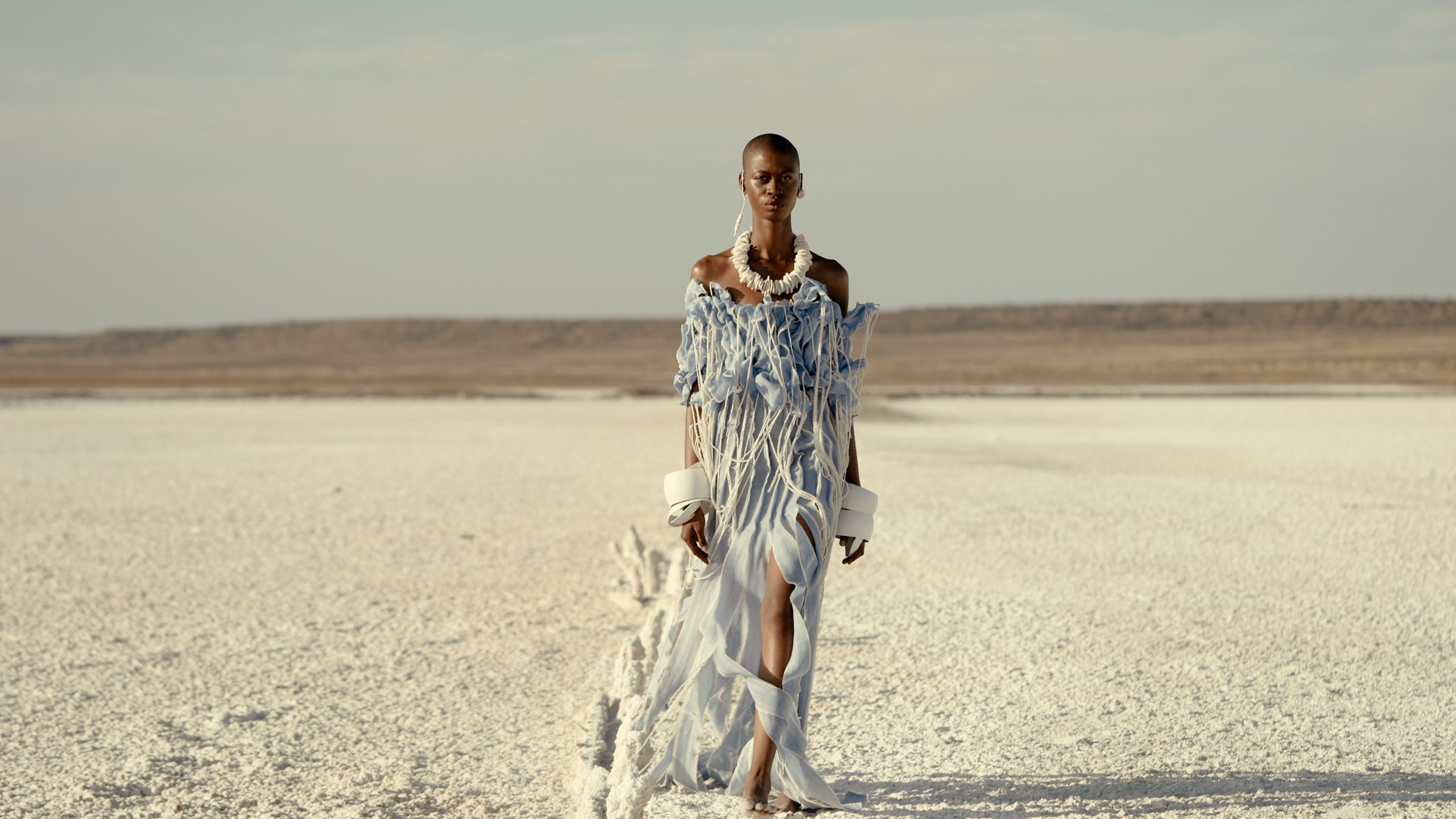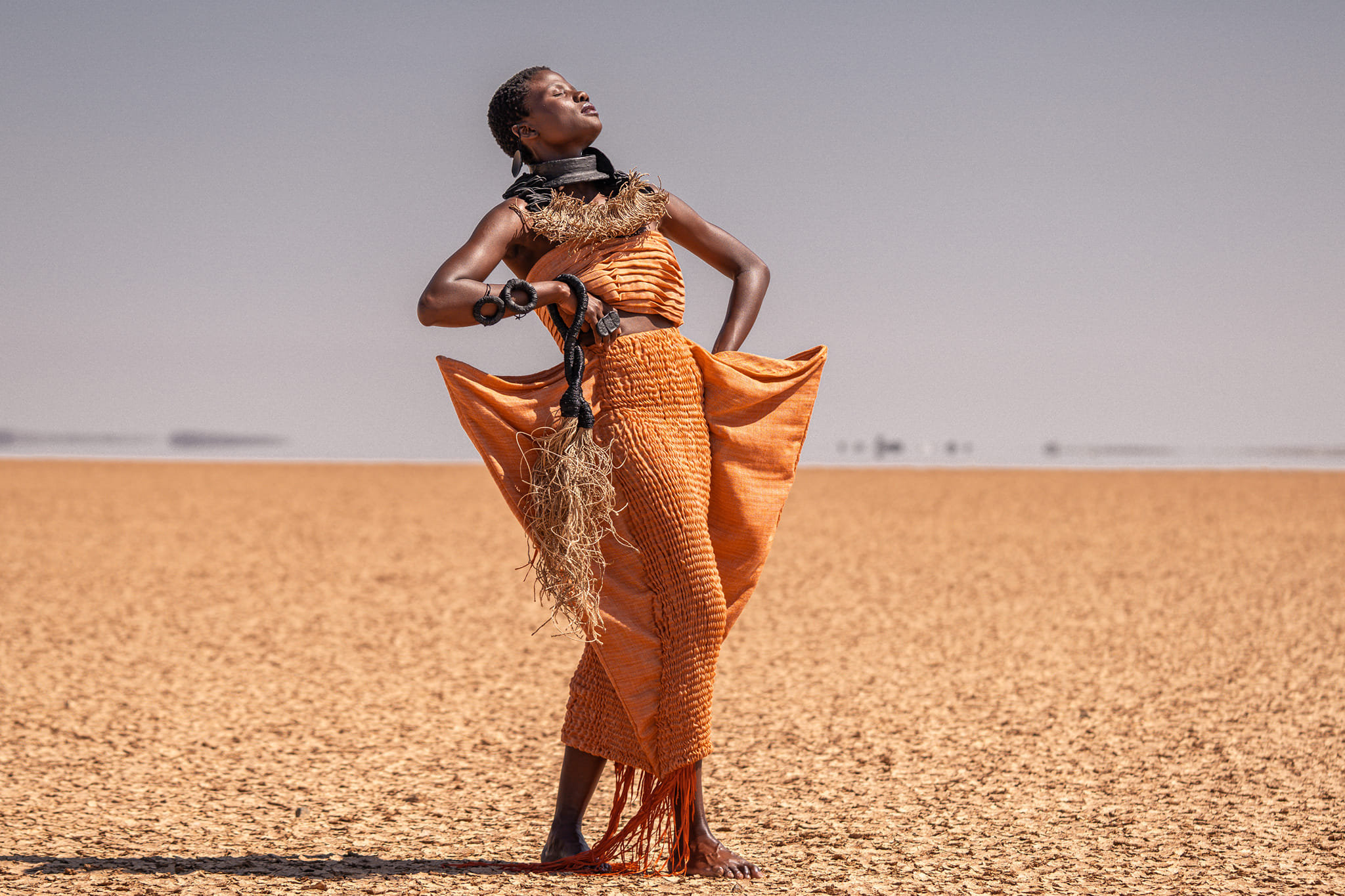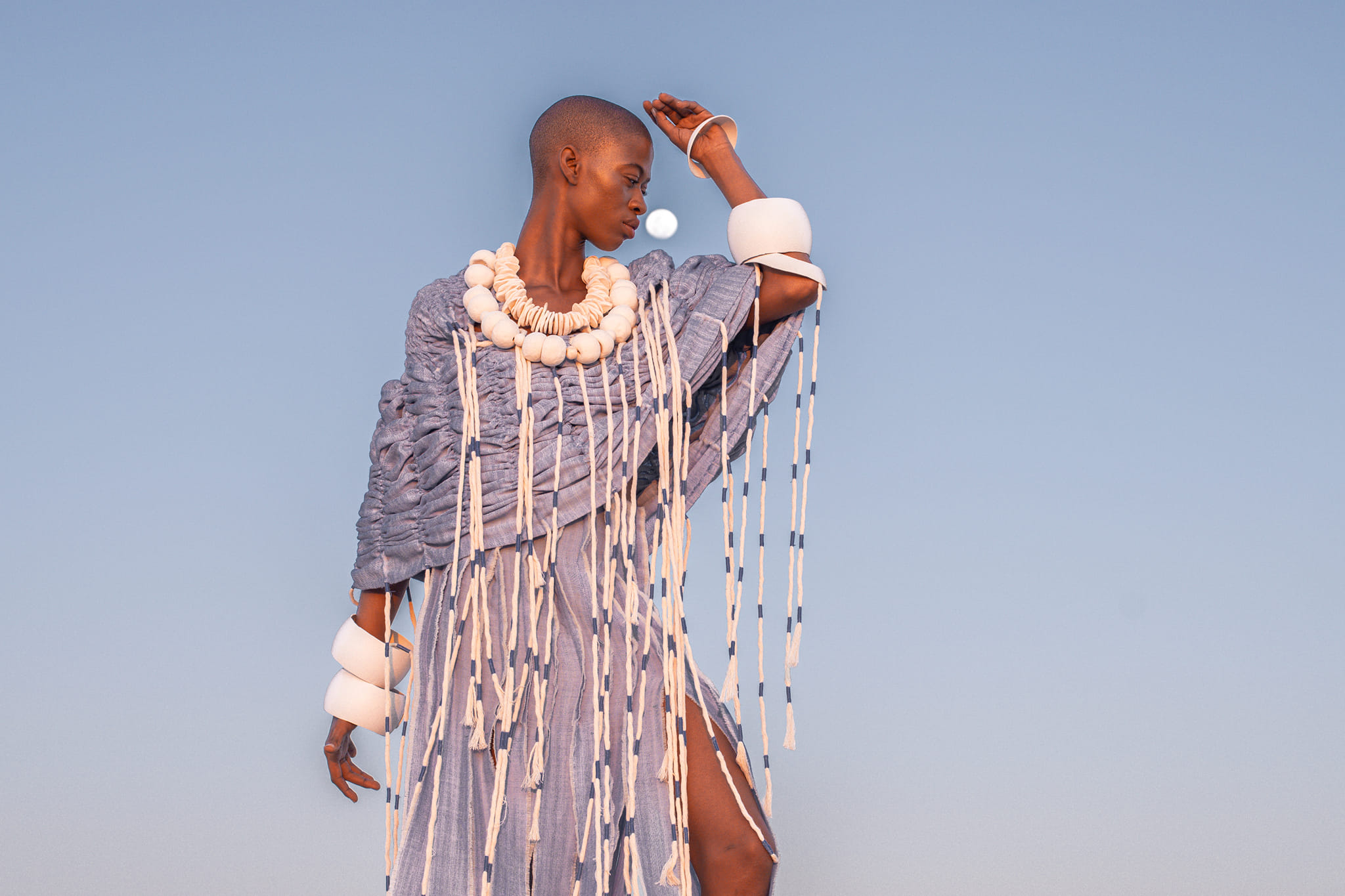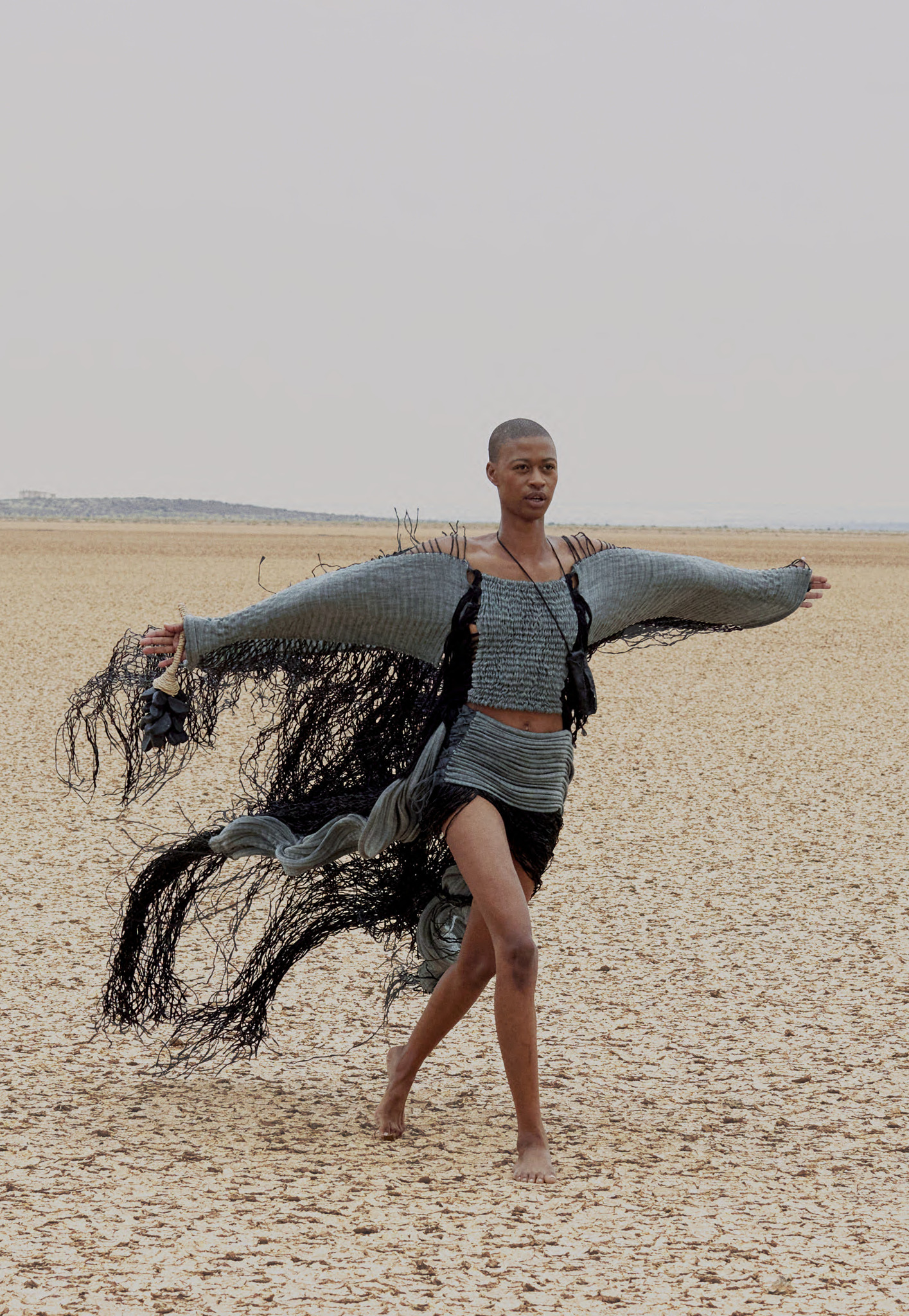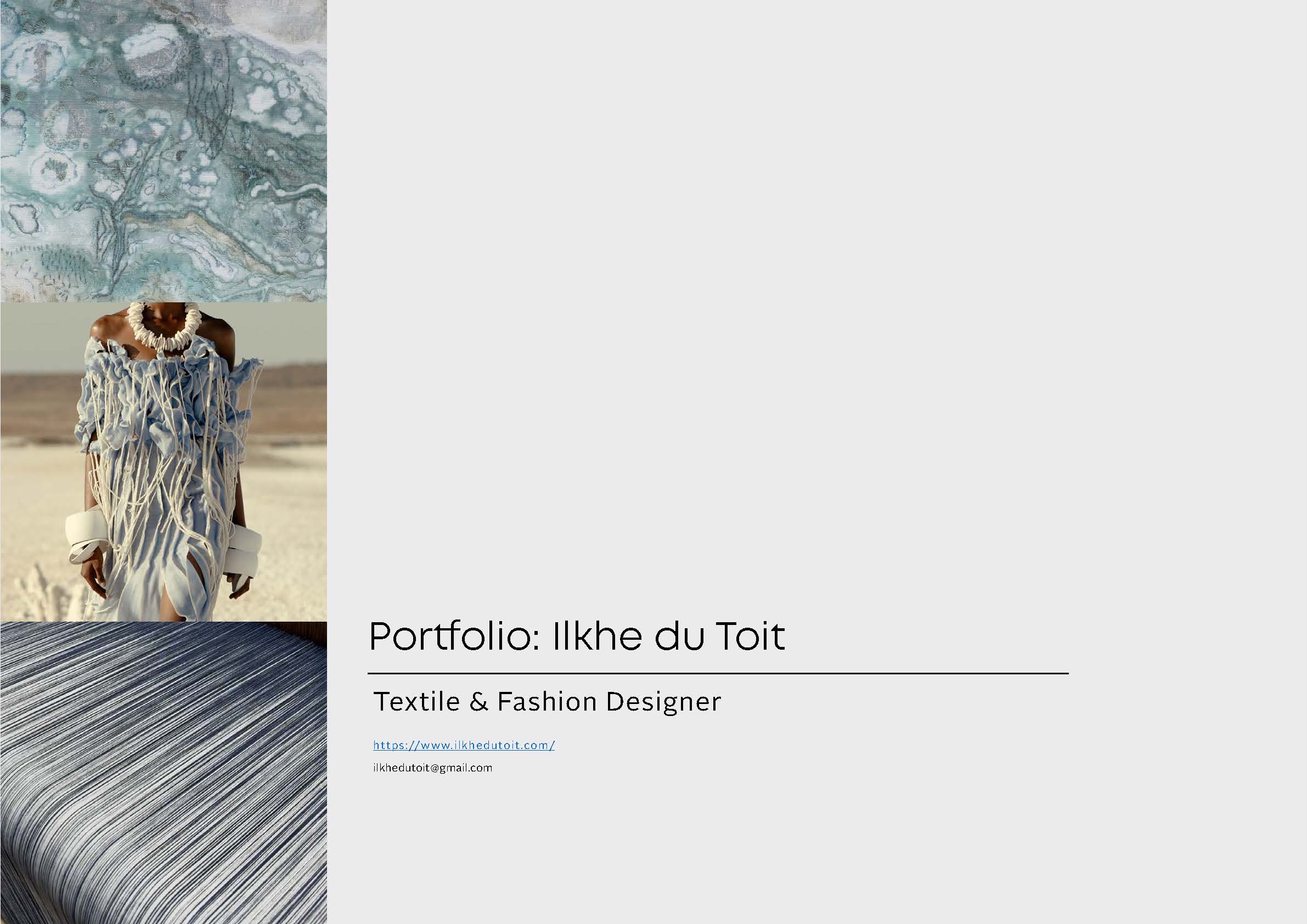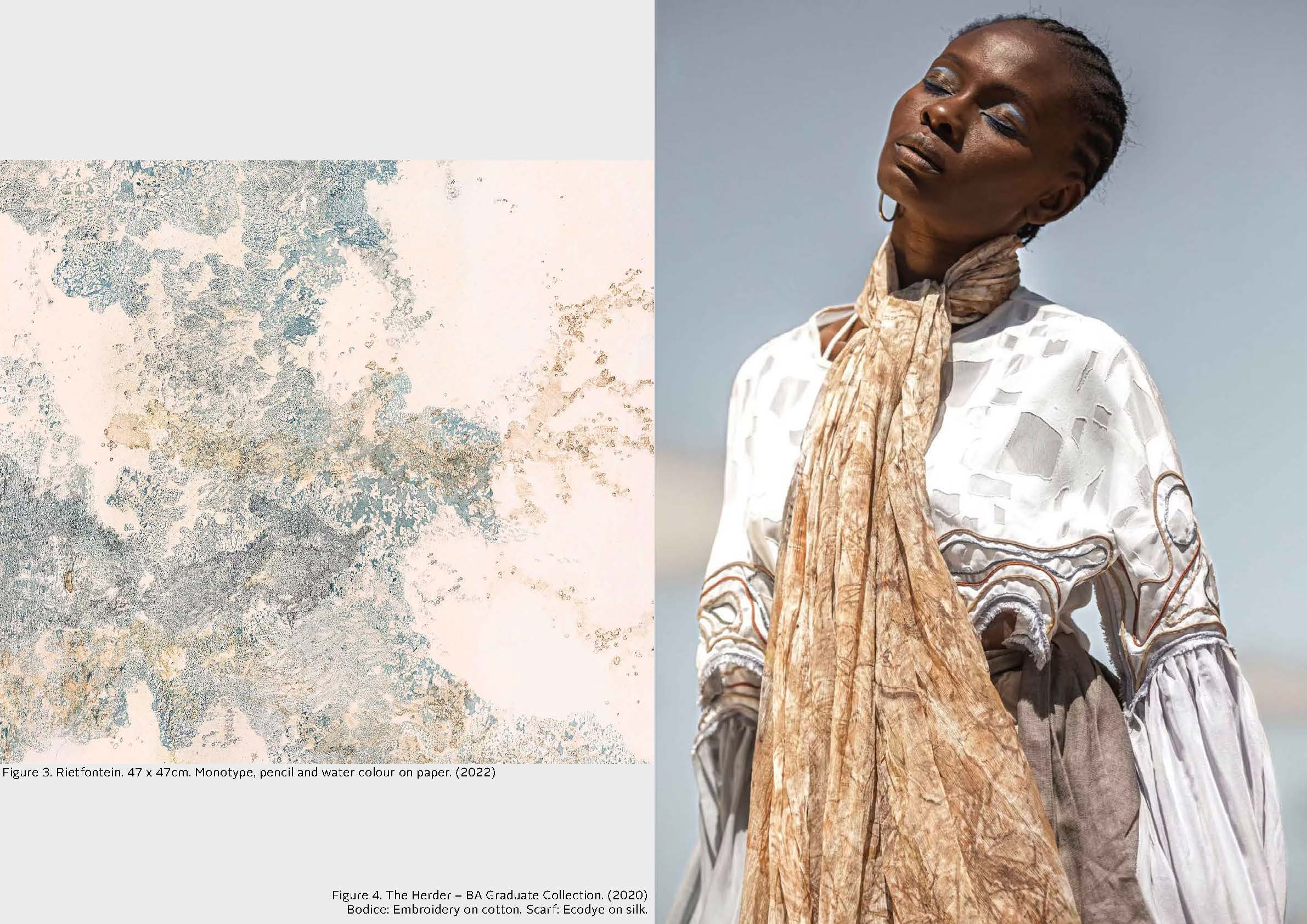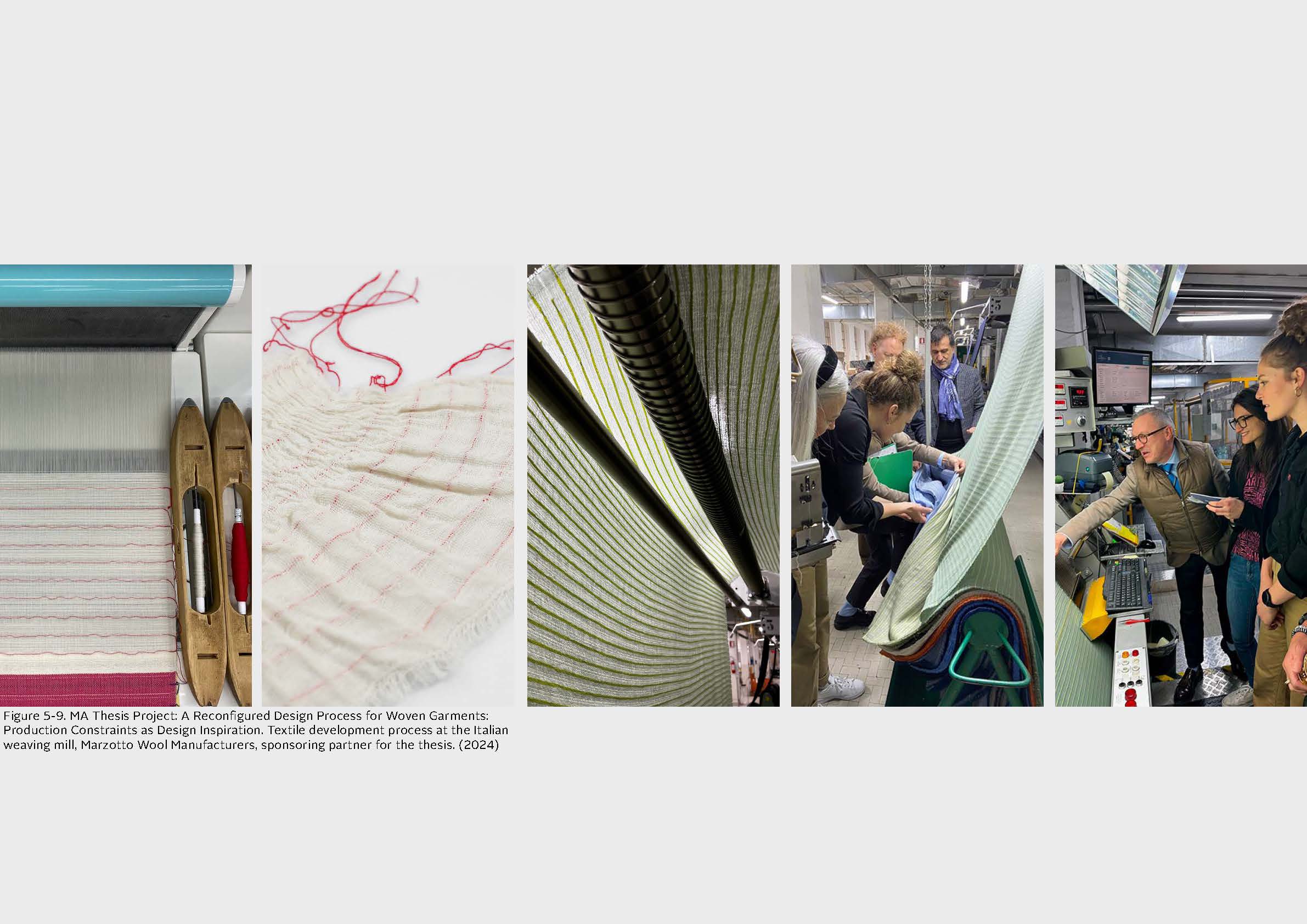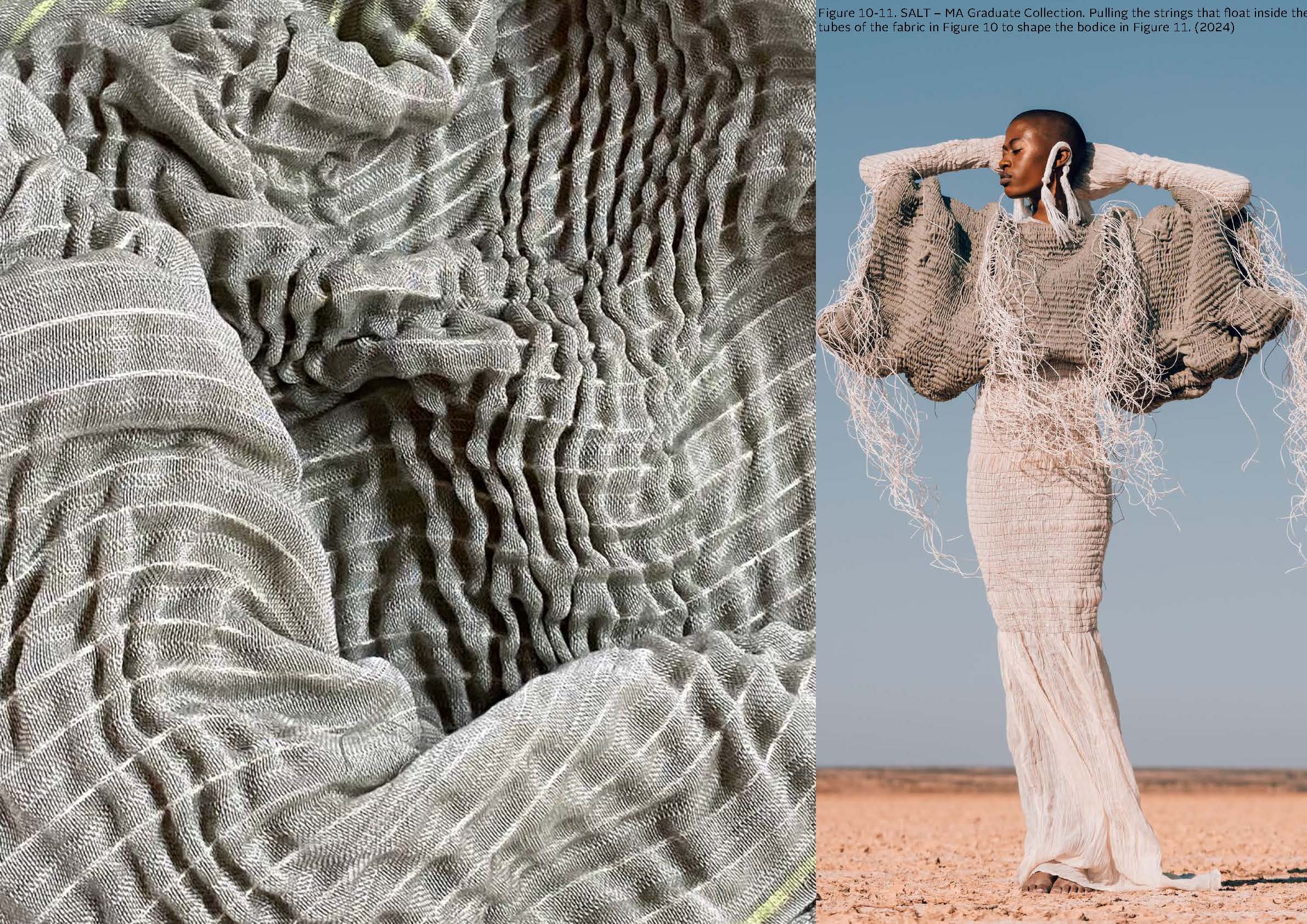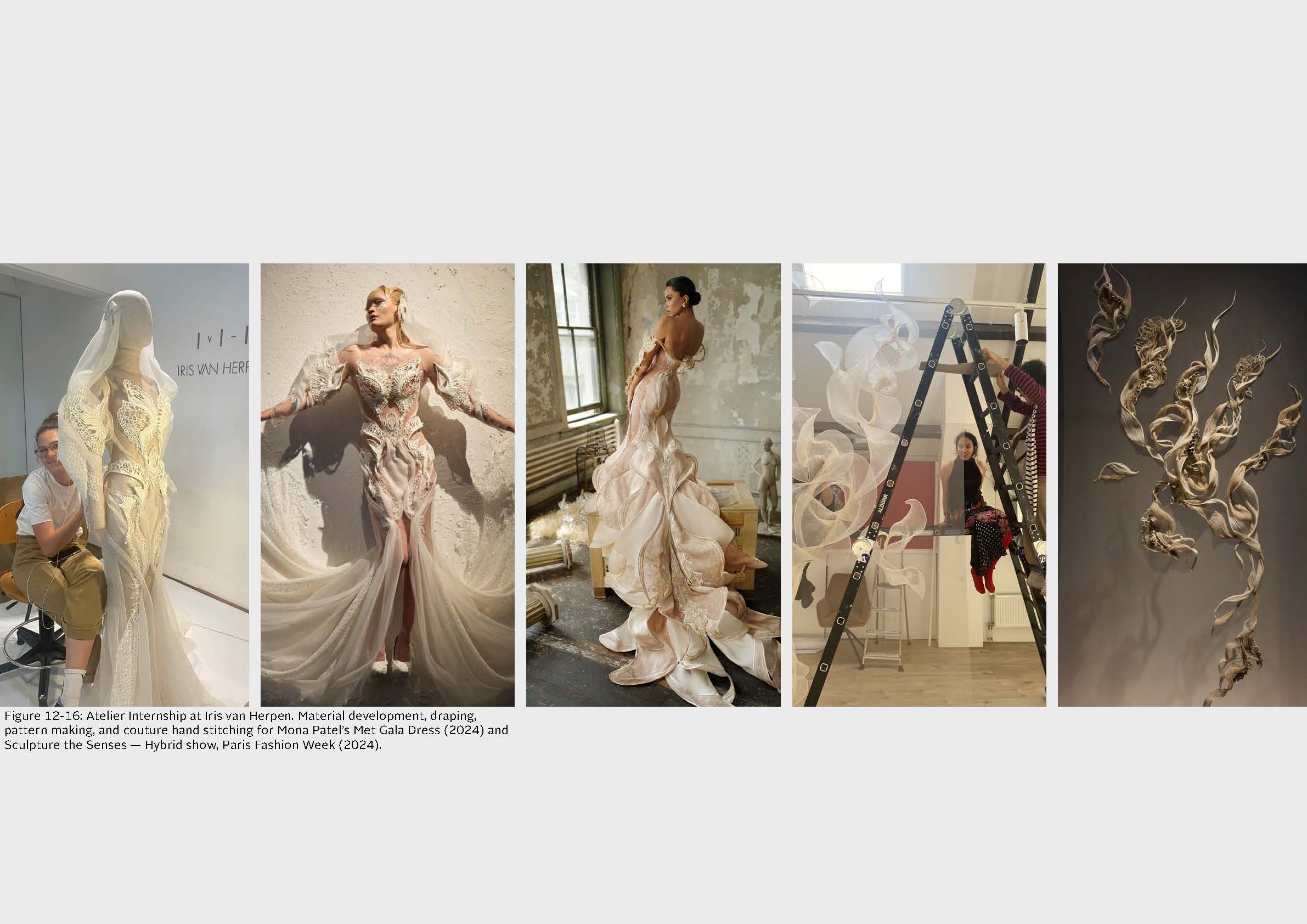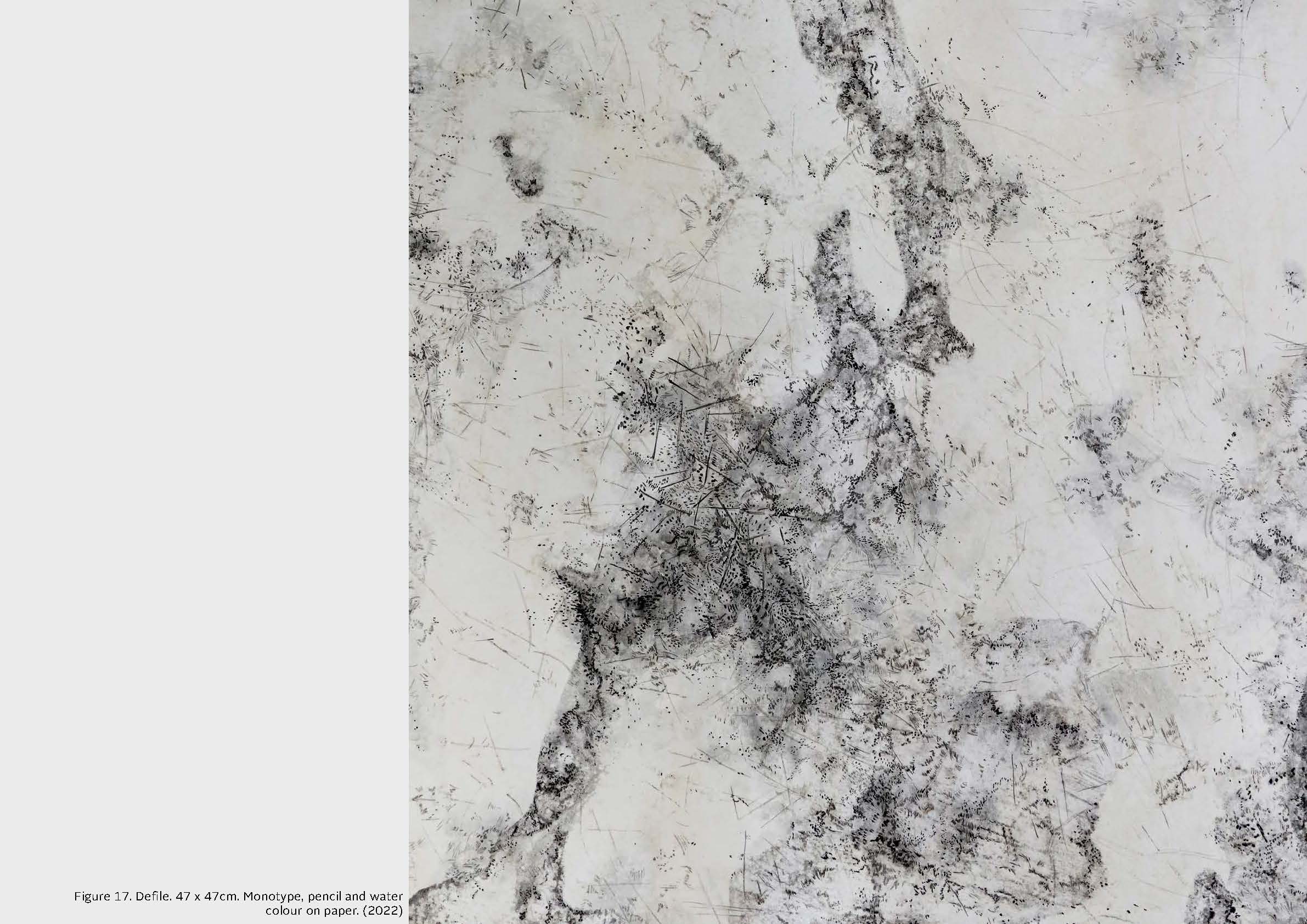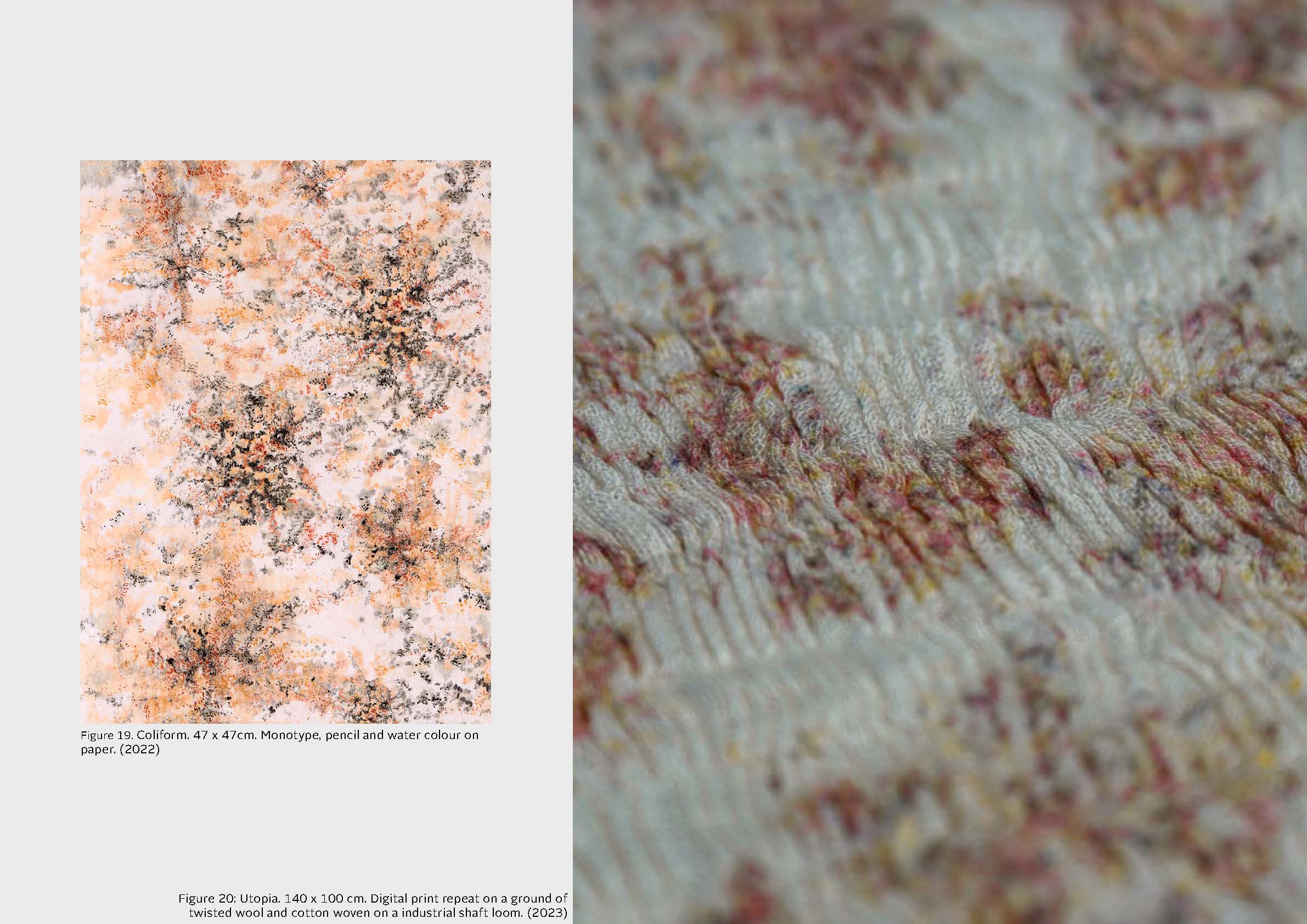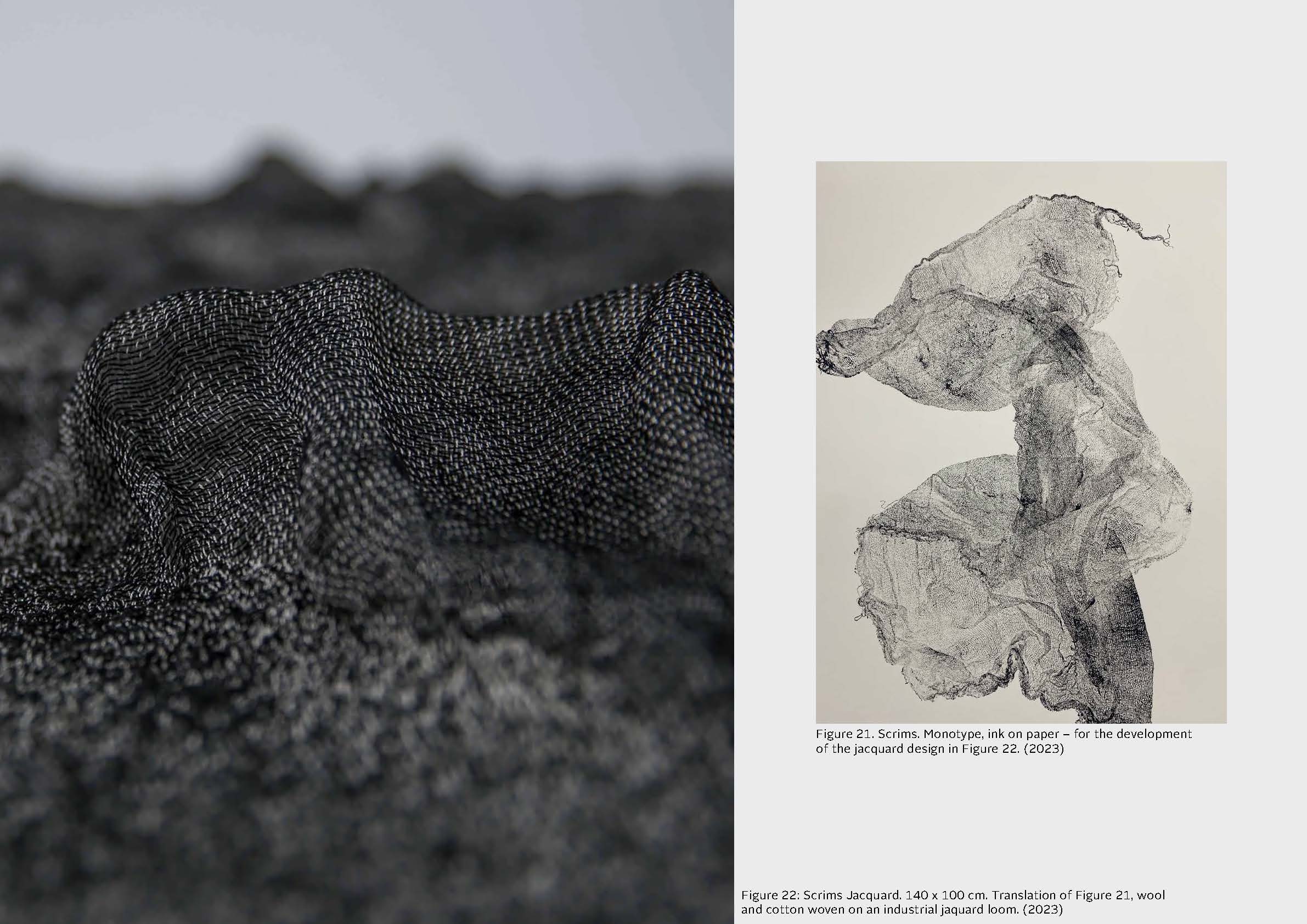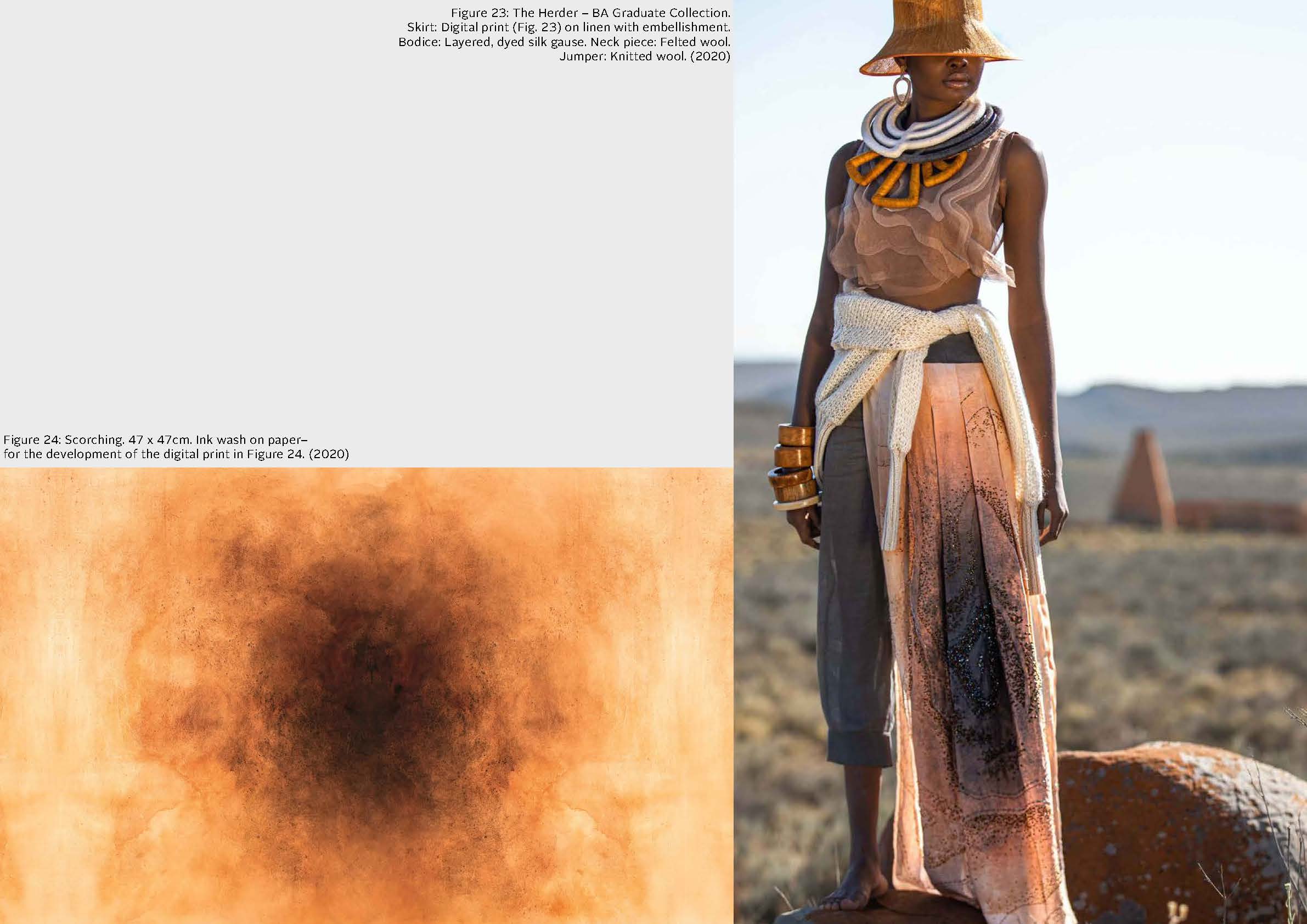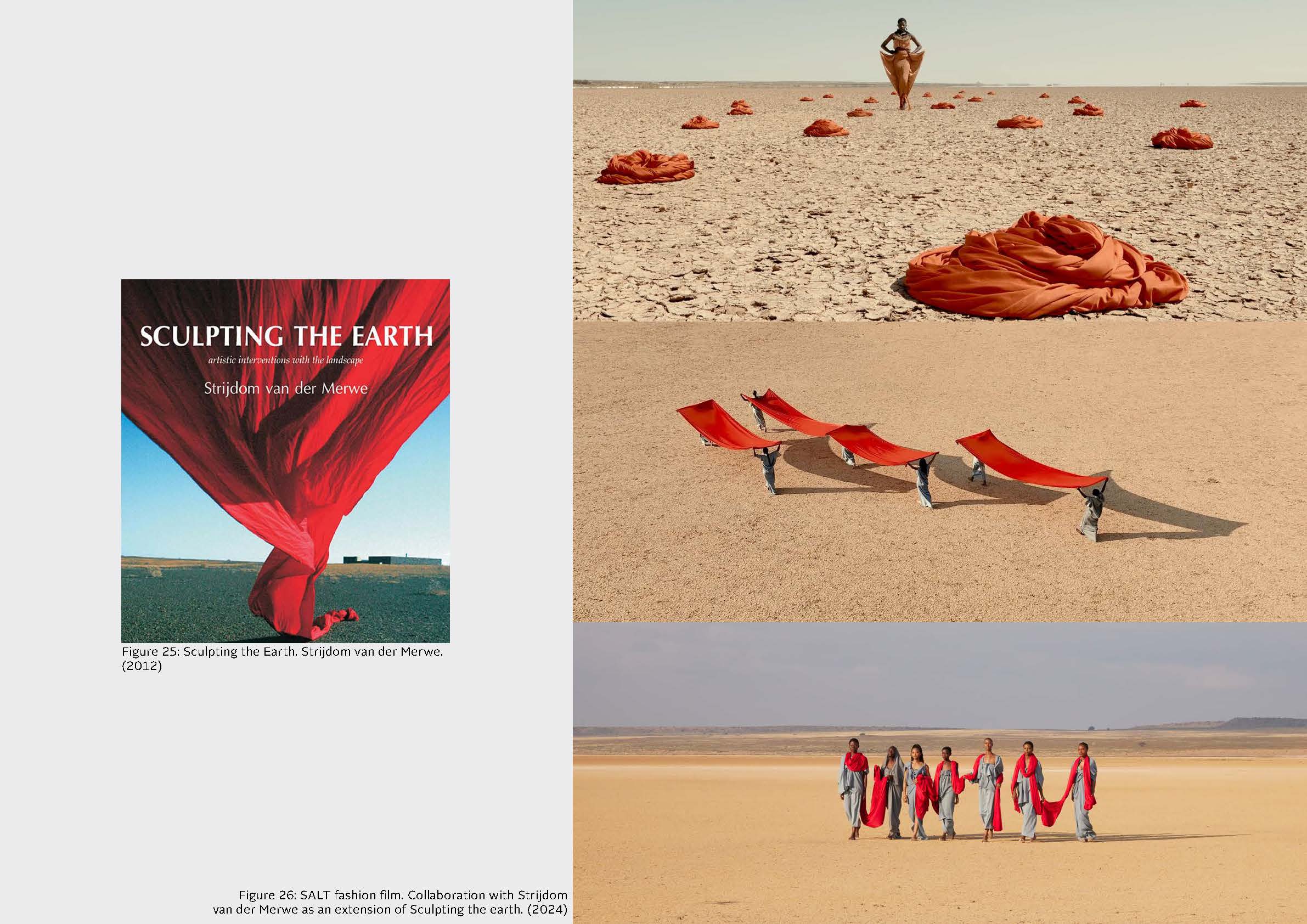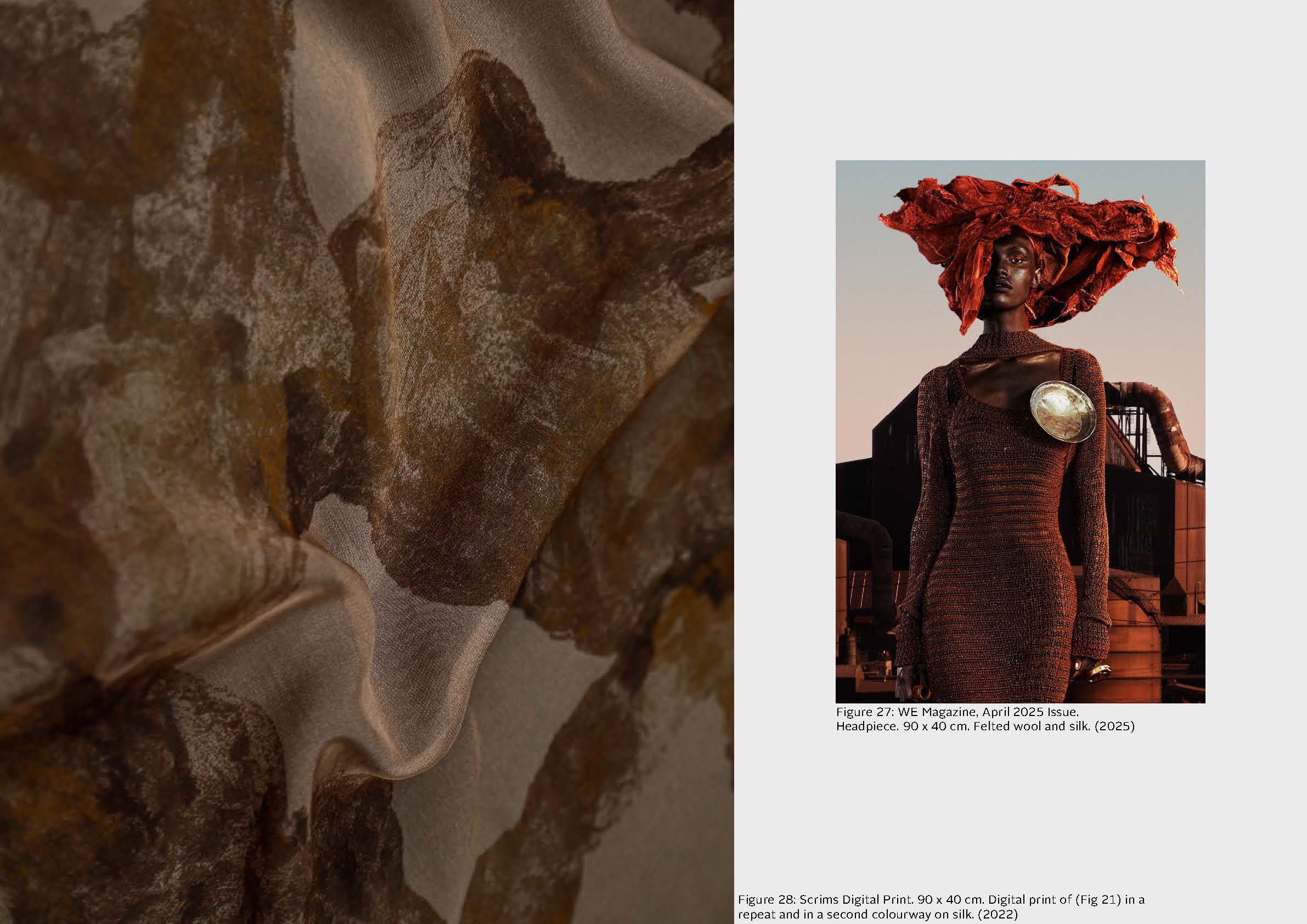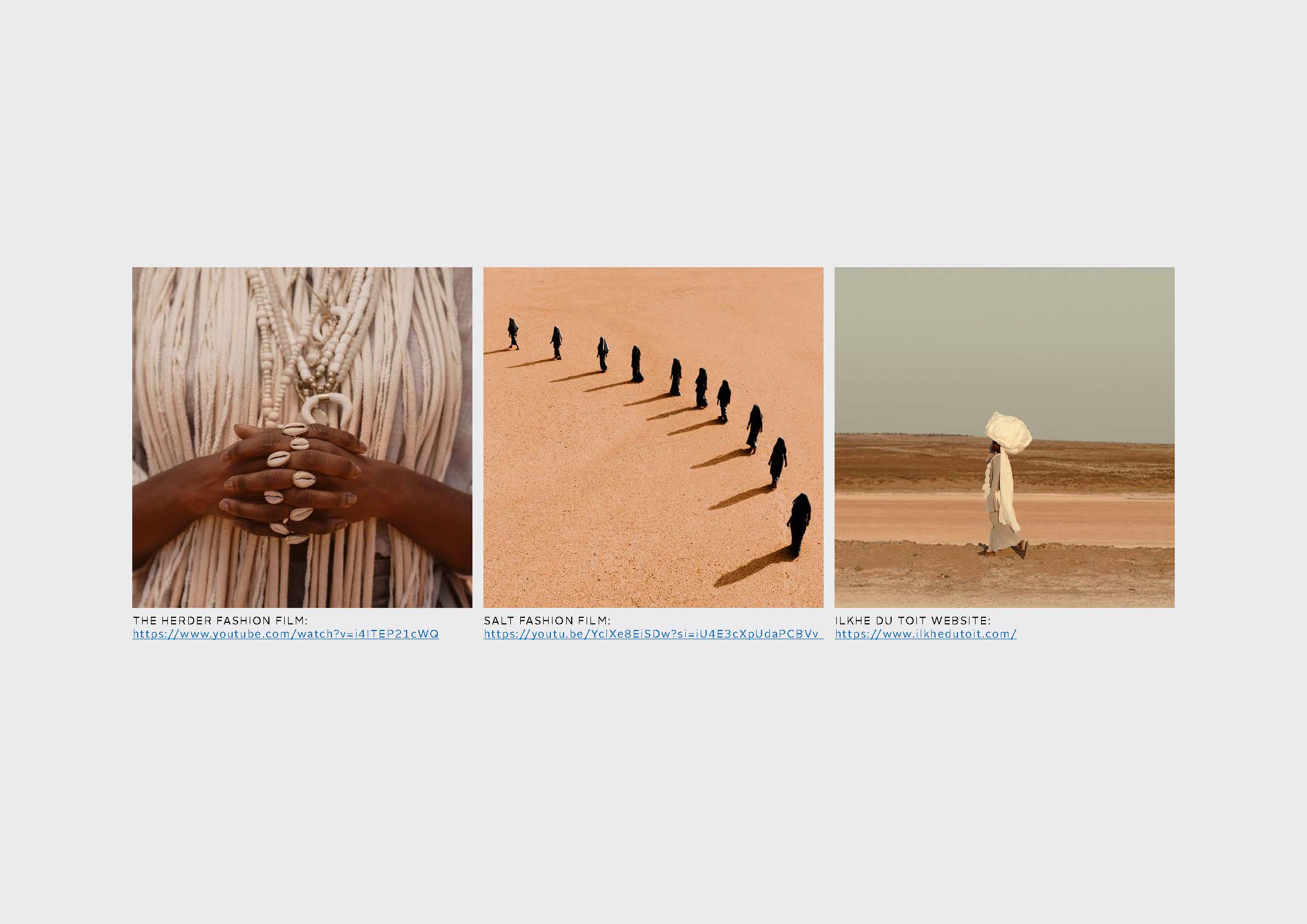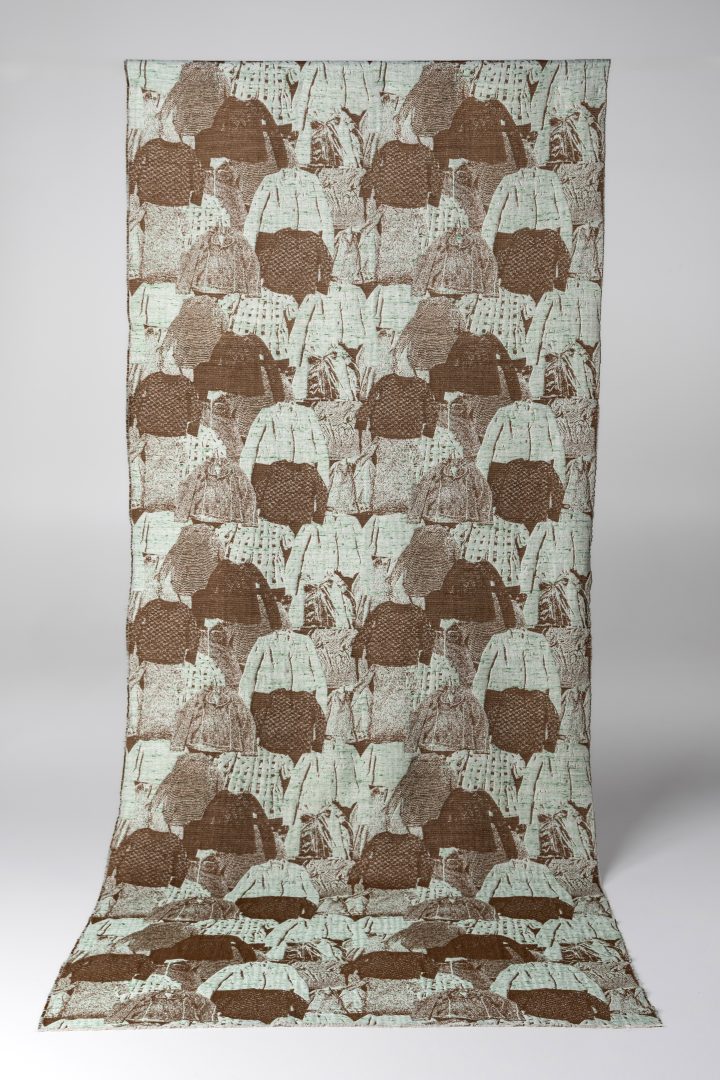Ilkhe Du Toit
(MA)
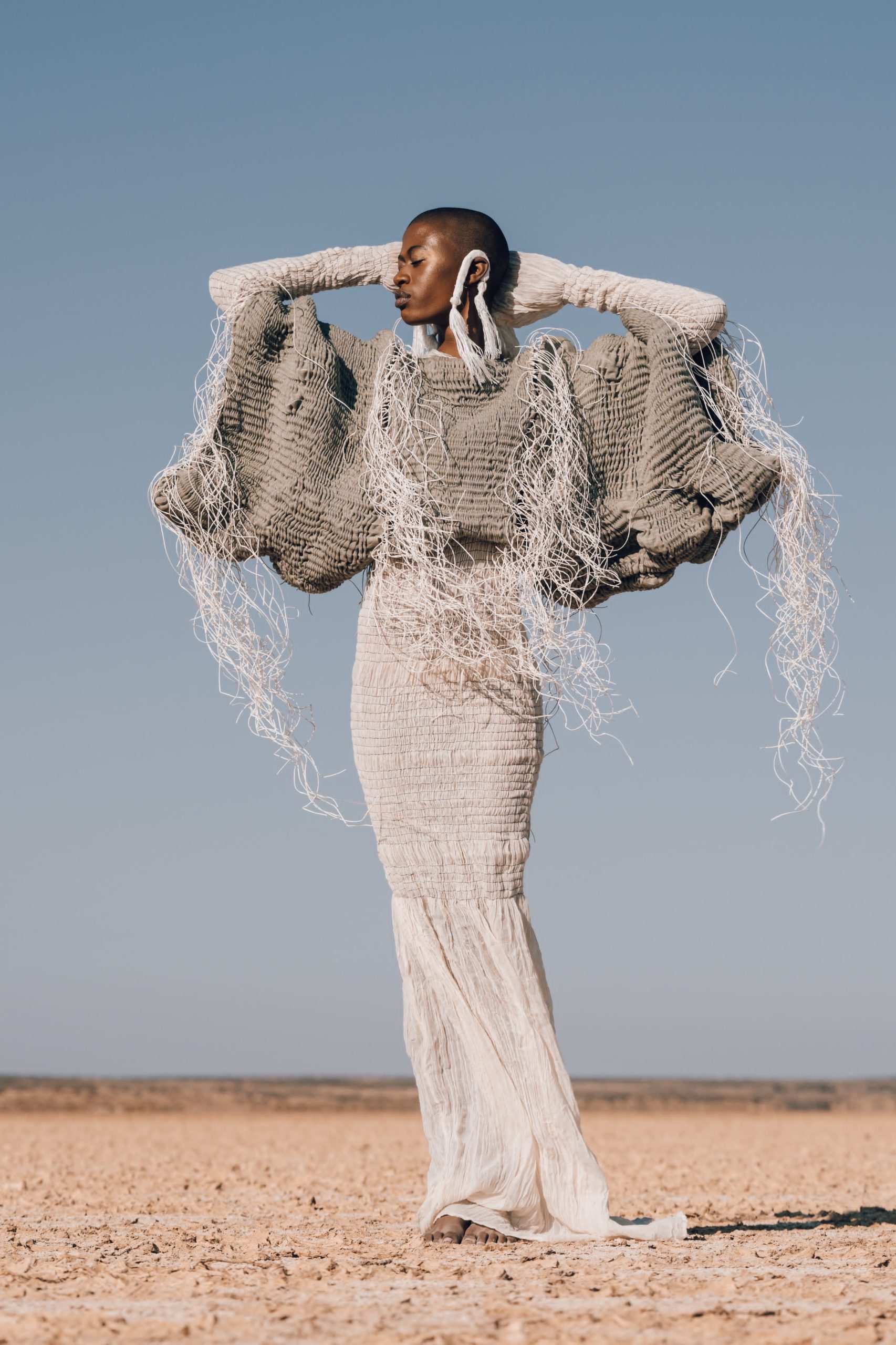
Salt
SALT explores the paradox of balance—essential in moderation but disruptive in excess. Filmed on an evaporated salt pan in South Africa, the collection highlights the tension between beauty and severity, addressing the necessity of clothing along with its environmental impact. The fabric for the garments is a single piece of cloth, woven from a single fiber, single yarn and single structure. The fabric design includes pull strings allowing the it to be gathered and shaped into a garment. The SALT collection includes 19 zero-waste garments, made from one industrially woven fabric. Weaving becomes a method for shaping garments, bringing textile and fashion design closer together for more sustainable design.
COLLABORATION
Marzotto Wool Manufacturers.
Film Cinematography & direction: Will Venter
Styling: Bernadine Venter
Jewellery: Helaina du Toit
Models: Lethabo Sara Khunou, Ludina Ngwenya, Katlego Gontse Masike
Makeup: Nombuso Ngcobo
Land art: Strijdom van der Merwe (Red Cloth), Helaina du Toit (Salt Cracks)
ADVISORS
Maarit Aakko, Maarit Salolainen
SUPERVISOR
Maarit Salolainen
(IG)
@ ilkhedutoit
In her MA graduate collection SALT, Ilkhe du Toit reimagines woven garments by using the textile itself to shape the form.
Growing up on a Merino sheep farm in South Africa, Ilkhe developed a deep connection to wool. This connection came full circle through a partnership with Marzotto Wool Manufacturers, a renowned weaving mill in Italy, who became the sponsoring partner for SALT. Marzotto sources Merino wool directly from her farm, bridging her heritage with the complexities of industrial textile production. “Witnessing the resources and labour involved in the process deepened my appreciation for wool and inspired me to prioritise waste reduction in my designs,” she reflects.
Each garment in the SALT collection is made from a single piece of fabric, woven from one fibre, one yarn, and one structure. The fabric design features hollow tubes with pull strings that, when gathered, shape the garment—eliminating the need for traditional cutting and sewing. As a result, the garments are adjustable and transformable and made without offcuts. The guiding principle behind her work was “to use fewer materials, fewer processes, and generate less waste.”
Filmed on a salt pan in South Africa, the accompanying fashion film titled SALT explores the paradox of balance—essential in moderation but disruptive in excess. It highlights the tension between beauty and depletion. Salt, a key element in fabric dyeing, can render landscapes barren when harvested in excess. “By juxtaposing vibrant garments against the desolate backdrop, the film highlights the weight of our choices,” she remarks.Through SALT, Ilkhe explores how a shift in process can lead to a shift in impact.
